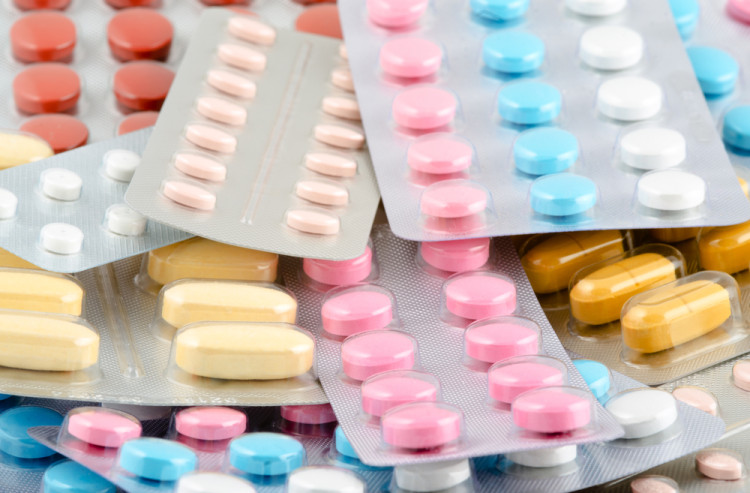G6PD stands for glucose-6-phosphate dehydrogenase. A G6PD deficiency is a genetic disorder that affects a red blood cell enzyme, which can contribute to anemia. It’s estimated that around 400 million people have the disorder, passed from parents to their offspring. (1) G6PD symptoms include those linked to anemia, such as weakness and fatigue. G6PD treatment focuses on maintaining a healthy lifestyle and avoiding substances that can worsen G6PD symptoms. Knowing which G6PD foods to avoid can help reduce your chances of triggering the condition.
G6PD Symptoms
- Paleness or yellowing of the skin
- Yellowing of the whites of the eyes
- Sudden rise in body temperature
- Darker than normal urine
- Fatigue and weakness
- Shortness of breath, along with heavy, fast breathing
- Rapid heart rate
- Confusing and difficulty concentrating
- Higher risk for enlarged spleen

G6PD Treatment
1. Avoid Taking Certain Medications
G6PD symptoms can be triggered by certain medications. High-risk medications can cause severe reactions in people who have the condition. (2) According to the G6PD Deficiency Organization’s website, drugs to avoid include:
- Anti-malarial drugs
- Aspirin
- NSAID’s pain killers
- Sulfa drugs and products containing su,fites
- Quinine or other drugs with “quin” in the name
- Brinzolamide
- Furazolidone
- Dimercaprol
- Sulfadimidine

2. Avoid Problematic Foods
G6PD foods to avoid are slightly different for each person with the condition, but it’s best to avoid common trigger foods altogether to reduce your chances of having a bad reaction. (3) G6PD foods to avoid include:
- Fava beans and other legumes
- Blueberries
- Tofu, miso, tempeh and other soy sources
- Foods high in Vitamin C such as citrus fruits
- Menthol
- Any food with artificial blue dyes
- Tonic water
3. Keep Your Child Safe
If your child has a G6PD deficiency, considering alerting your child’s school, friends and family members they often spend time with. Let them know which G6PD foods to avoid giving your child to prevent a reaction. Following a G6PD treatment plan will be easier on your child if their friends, family members and teachers are also on board.

4. Manage Your Symptoms With a Healthy Diet and Lifestyle
A healthy diet plays a large role in G6PD treatment. Lifestyle changes can also help your improve quality of life and reduce symptoms. Make sure you or your child know which G6PD foods to avoid. Follow a healthy diet and lifestyle as part of your G6PD treatment plan. To help deal with your symptoms:
- Eat an anti-inflammatory diet: Avoid processed foods that contain dyes, additives and other harmful ingredients. These ingredients could trigger unwanted symptoms. Instead, fill your diet with probiotic foods, healthy fats and foods that are rich in iron. (4)
- Get enough sleep: Weakness and fatigue are common symptoms caused by a G6PD deficiency. Be sure to get enough sleep every night to help your body feel rested and refreshed each morning. (5)
- Manage your stress levels: Stress can weaken the immune system and worsen symptoms of G6PD. Take the necessary steps to keep your stress levels in check. That may involve spending time outdoors, meditating, reading or journaling or exercising on a regular basis.


